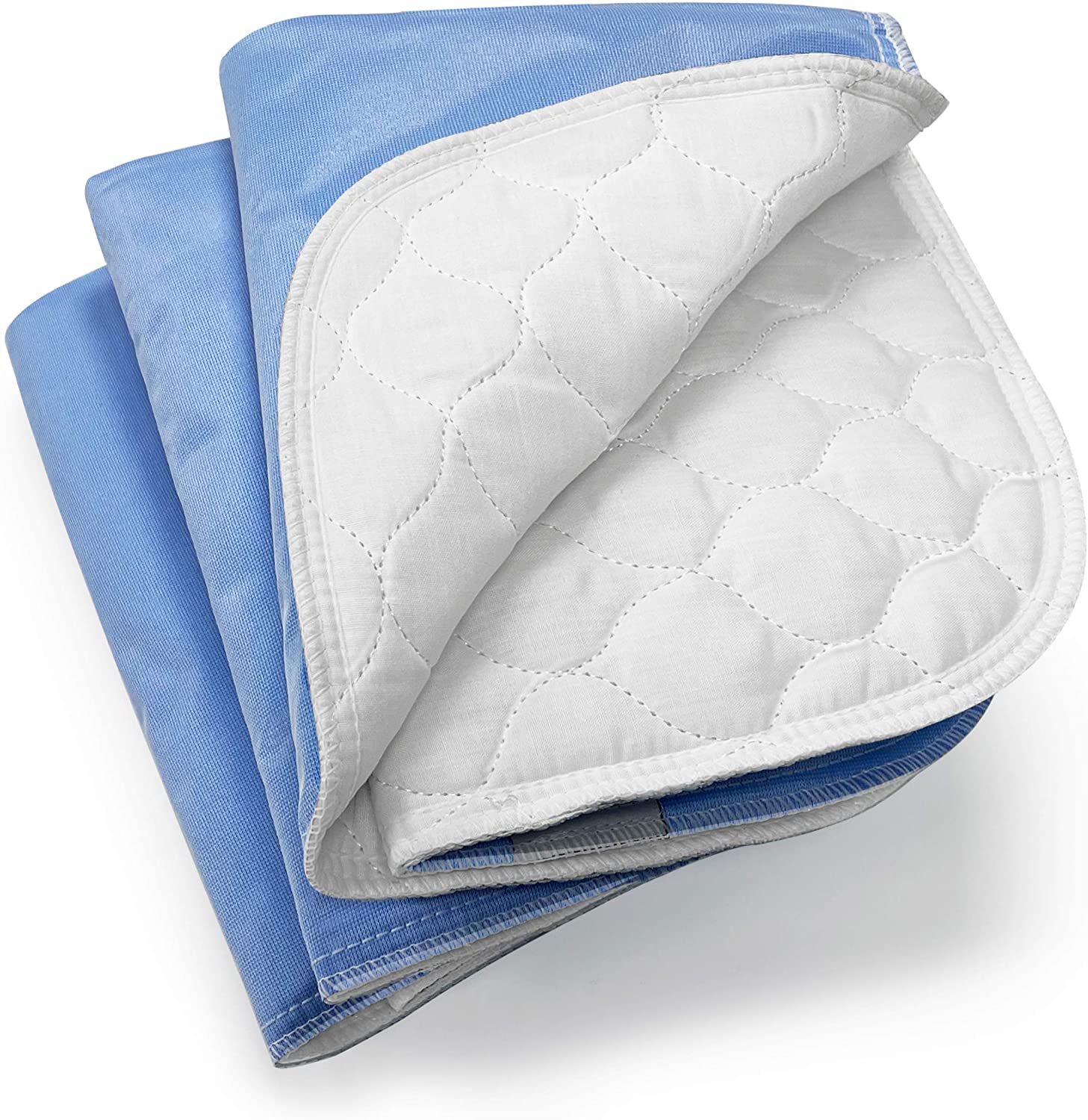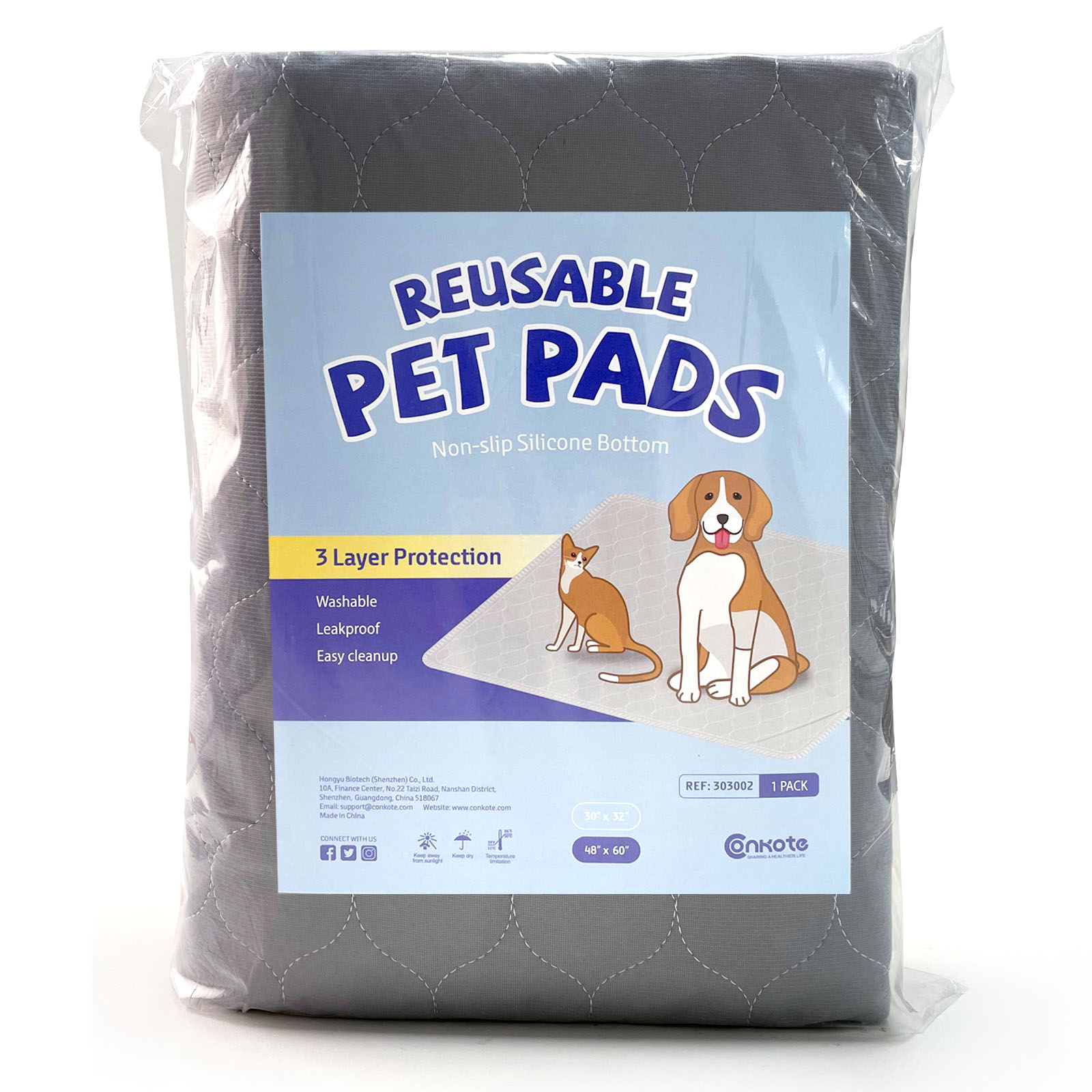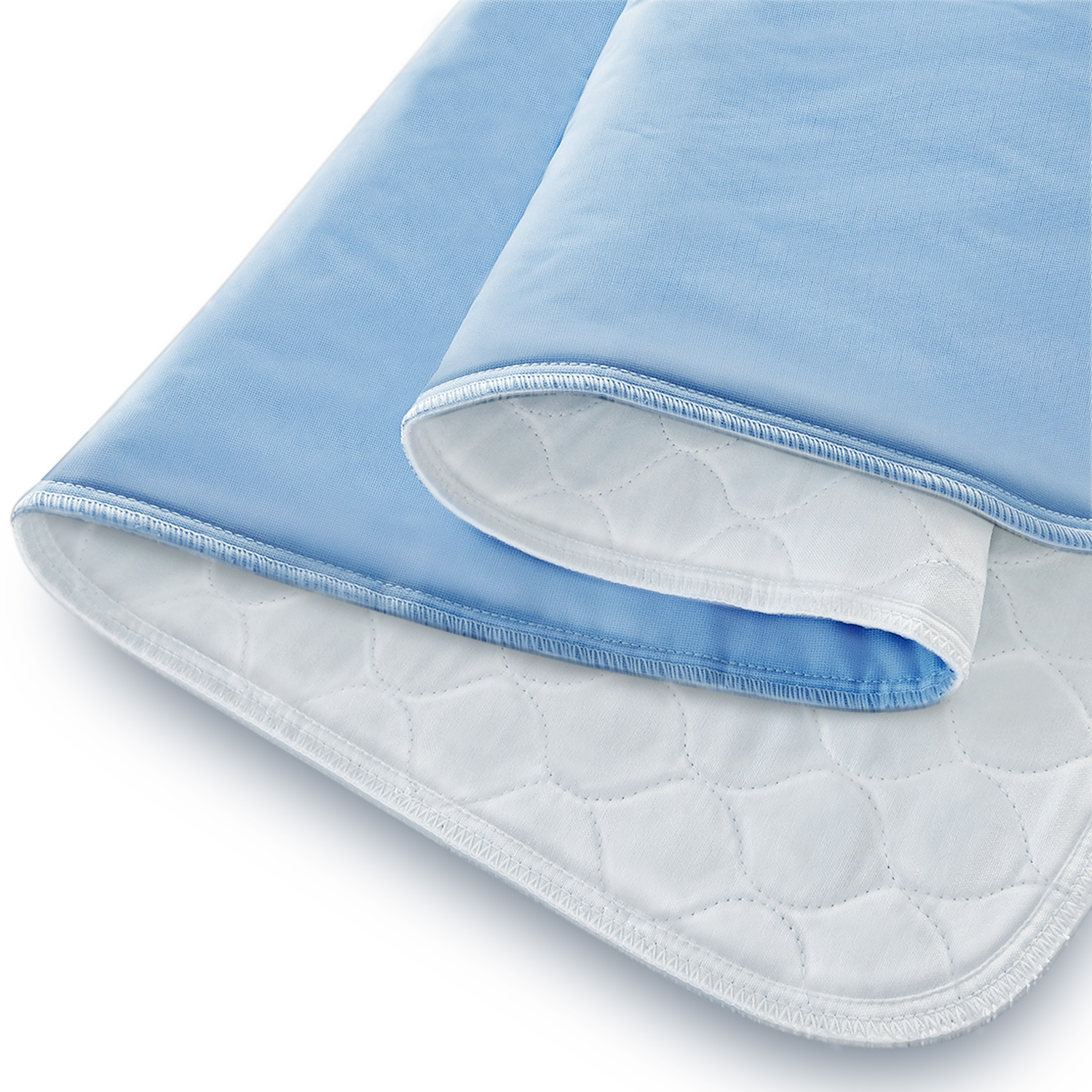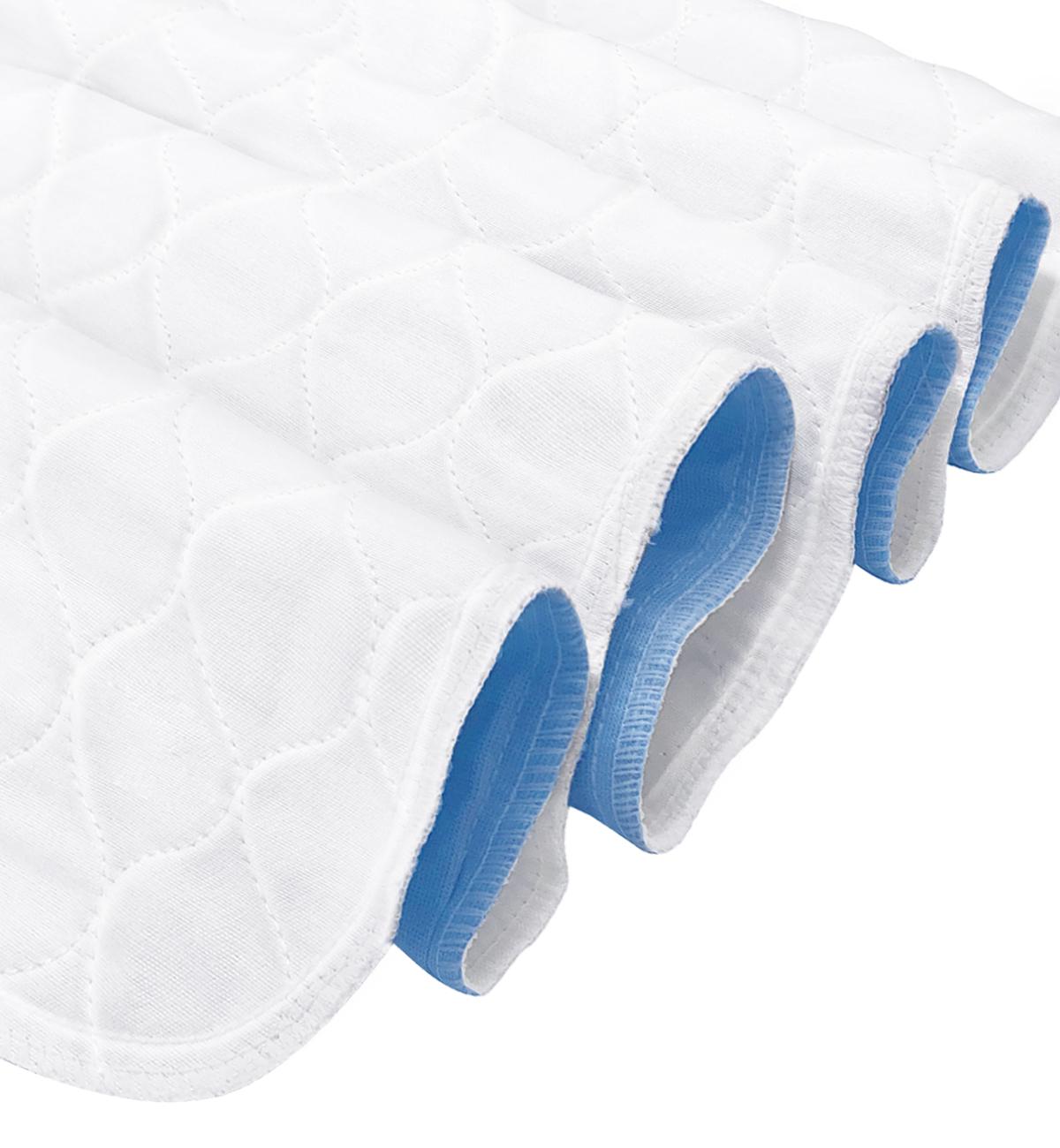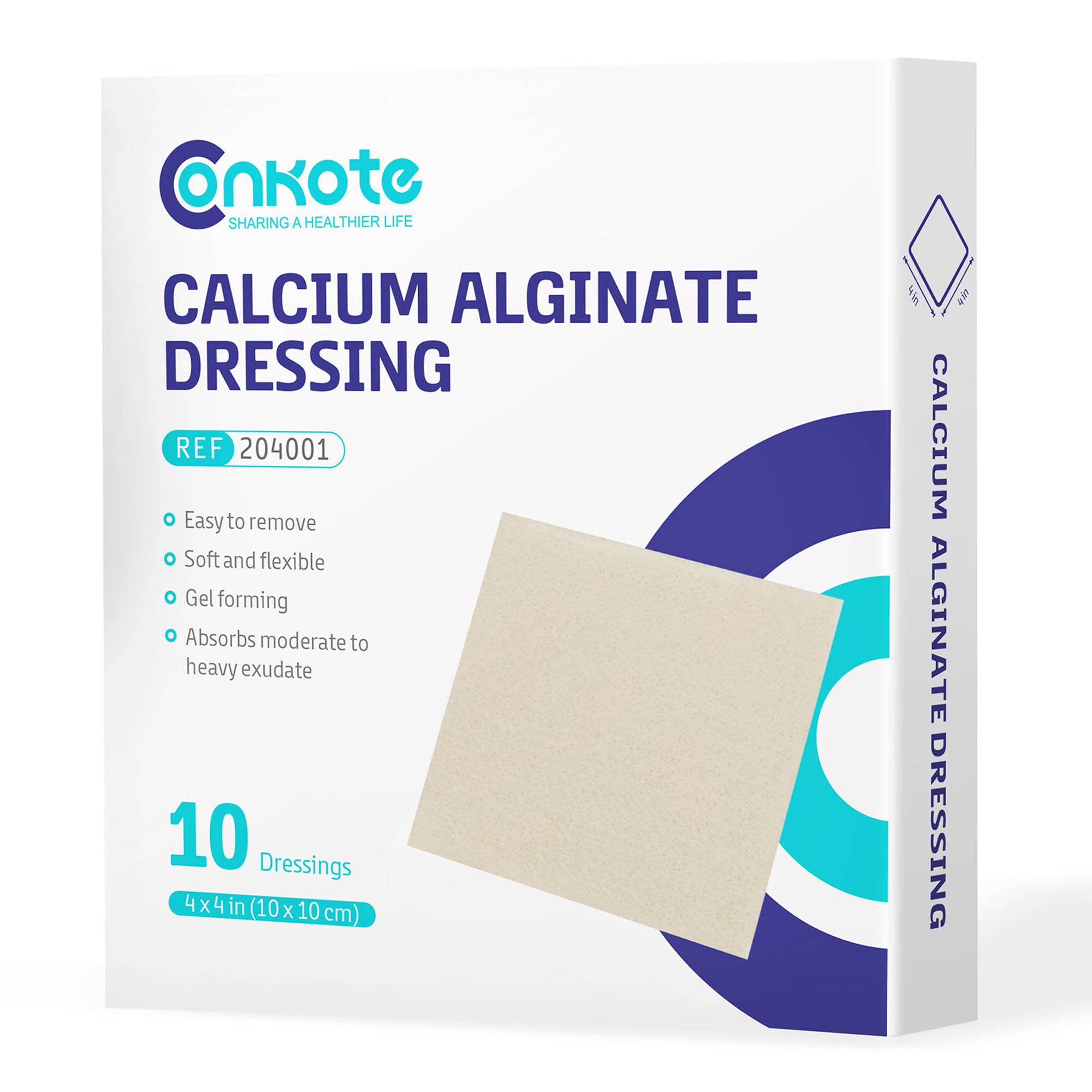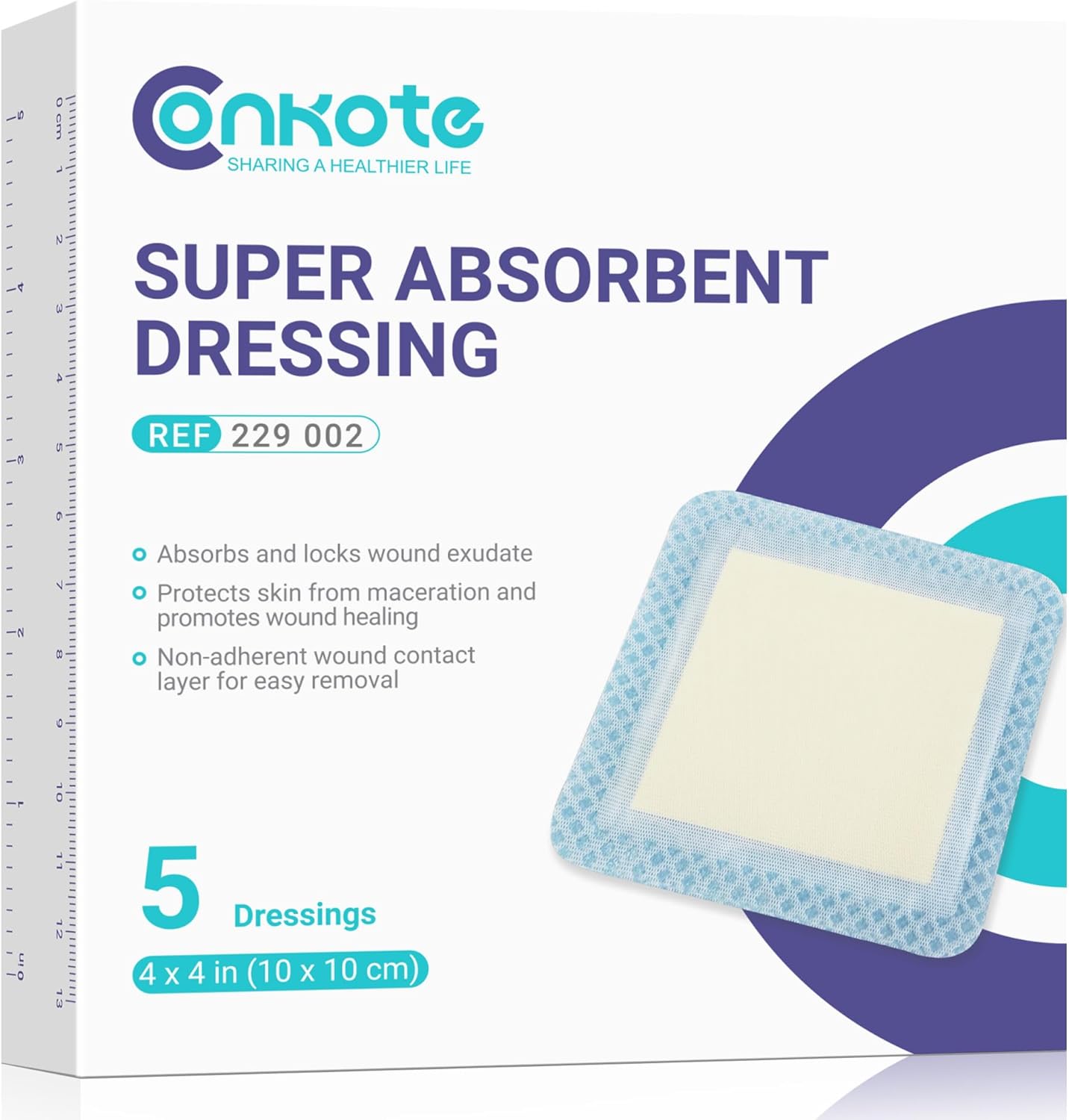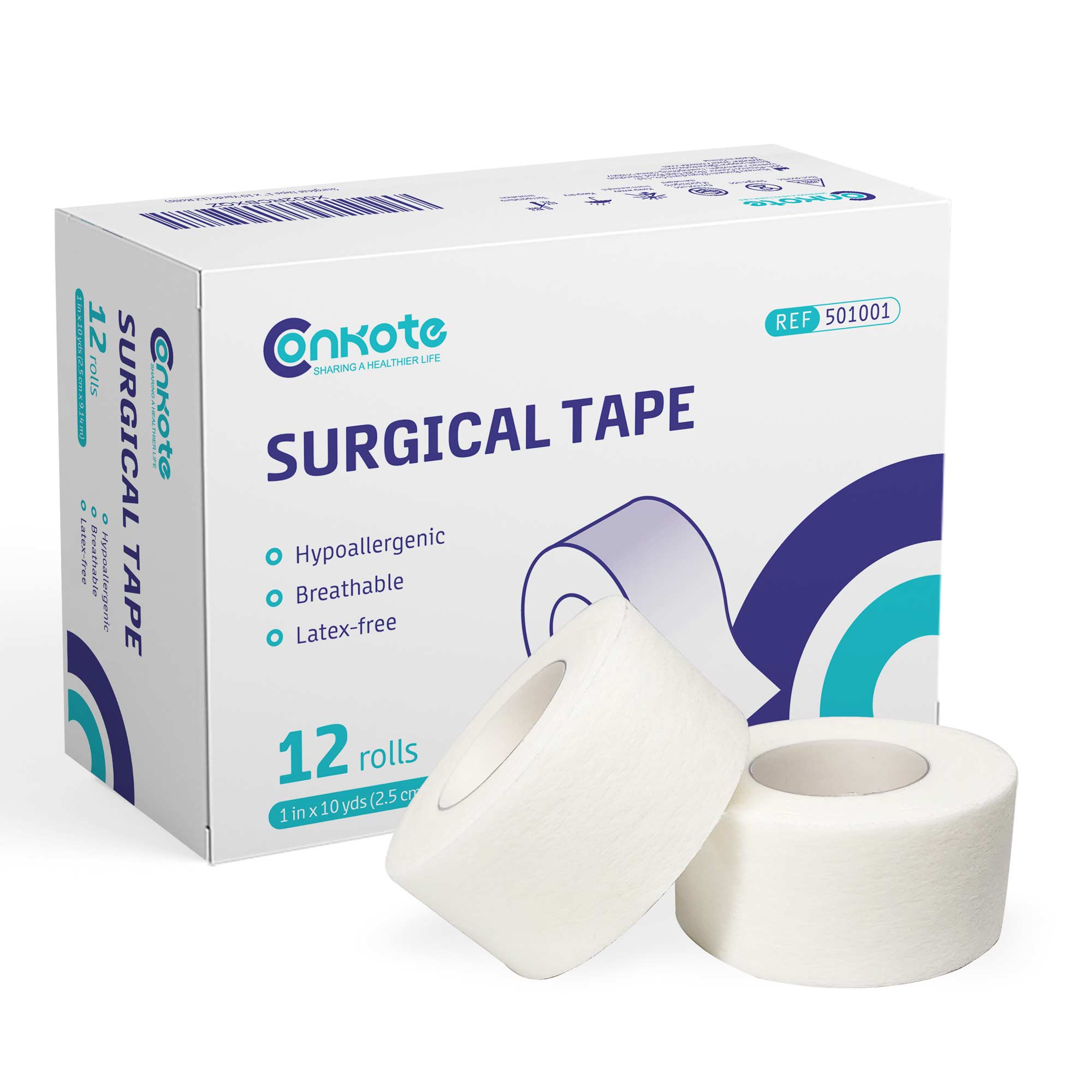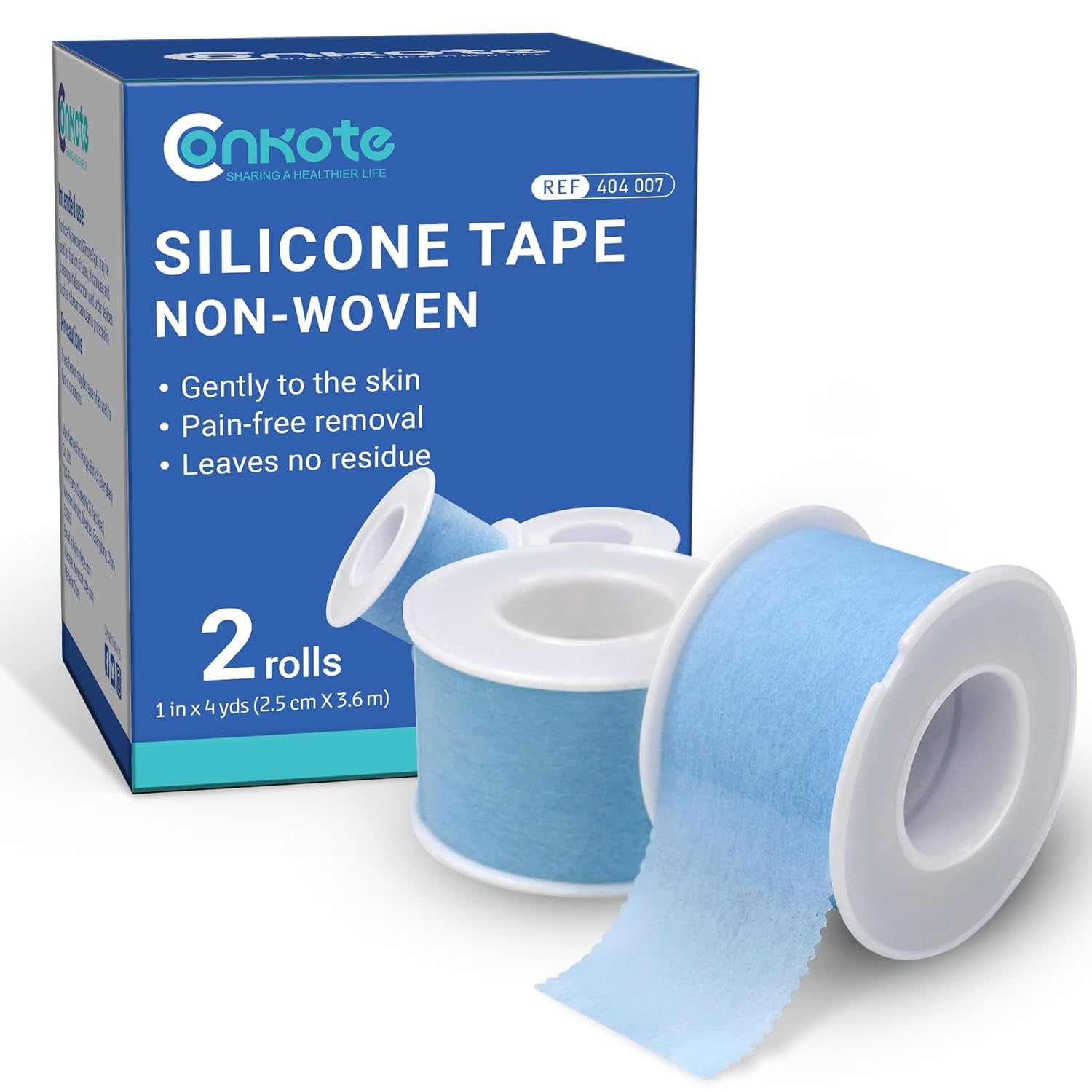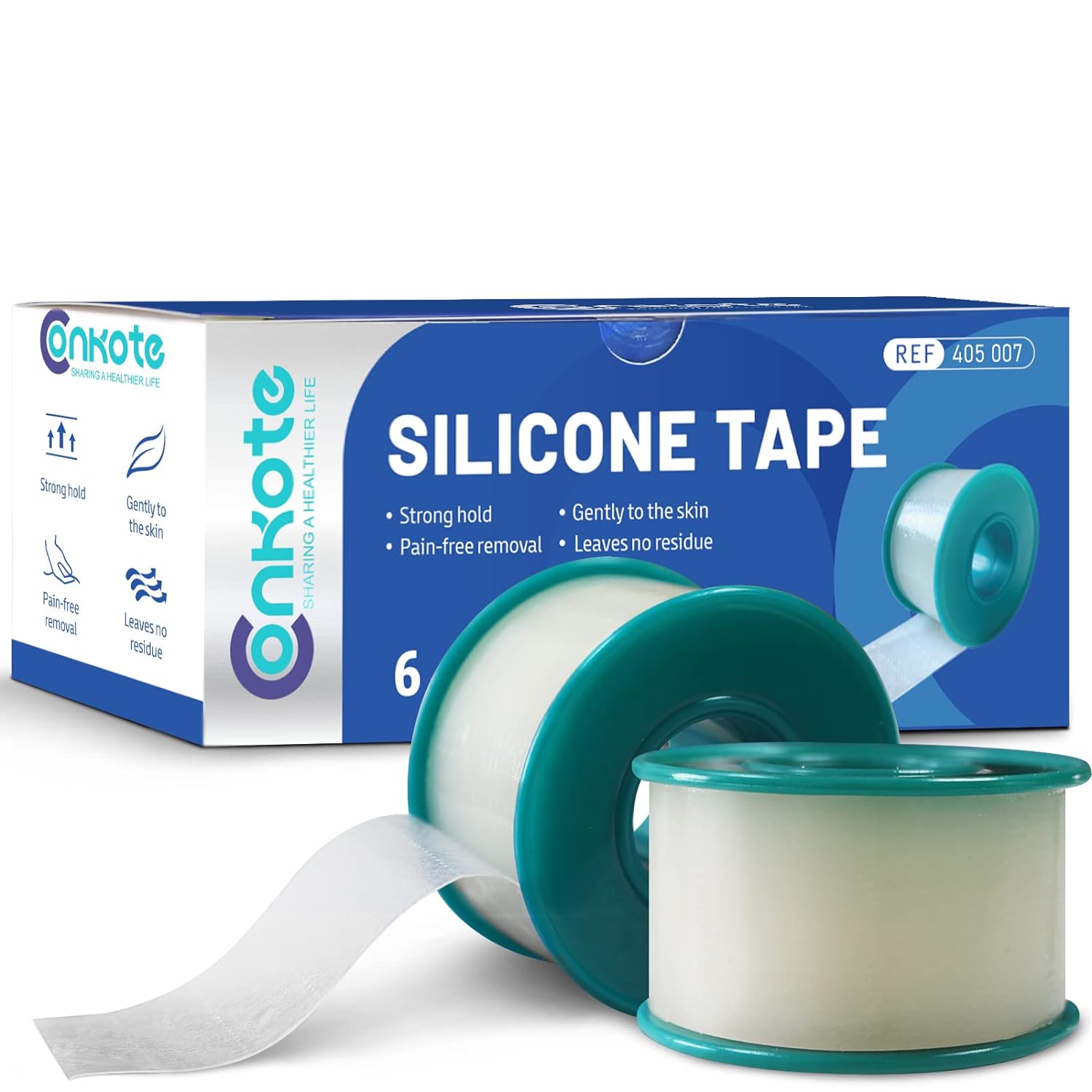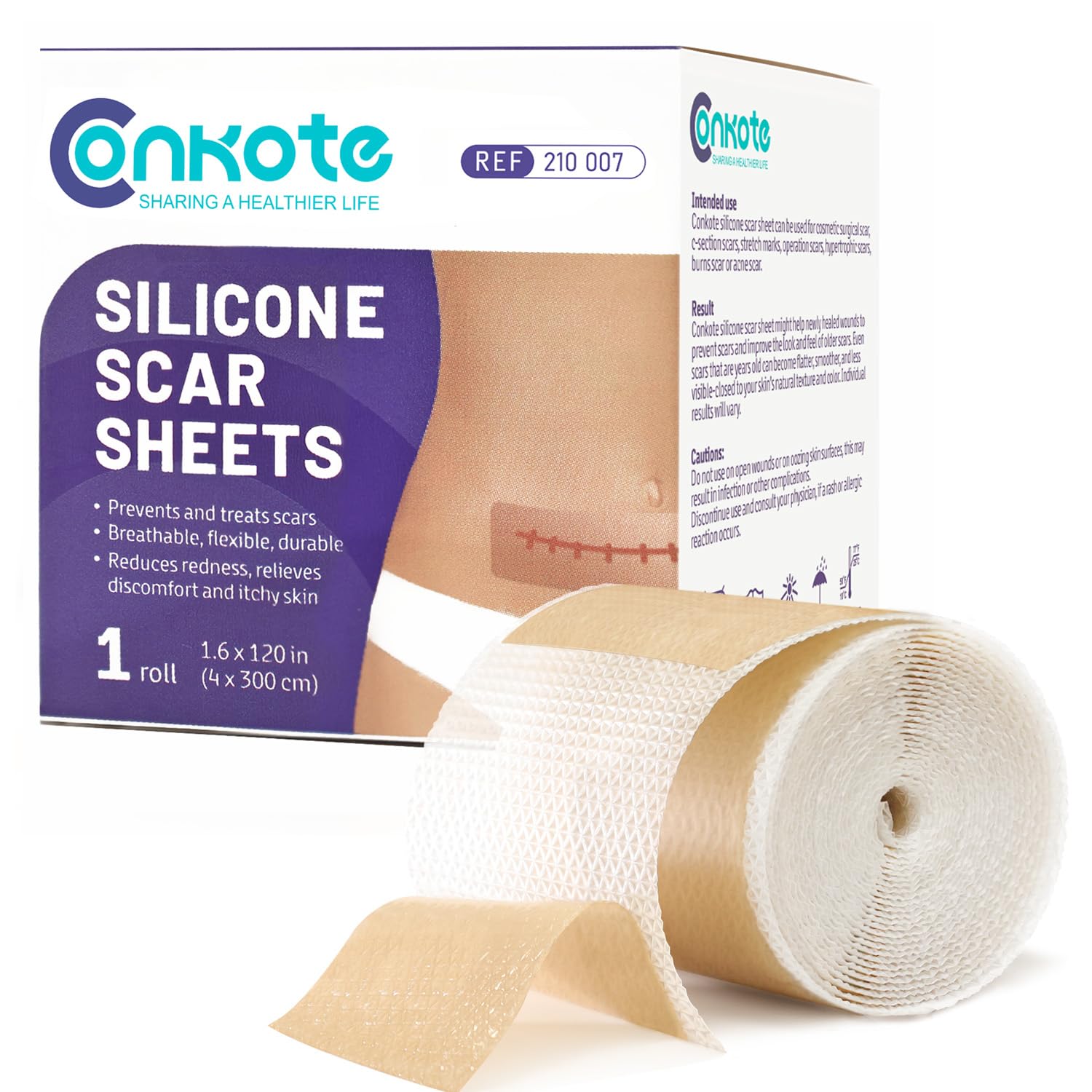Surgical Wounds: Types, Causes, and Treatment
2022-08-18 2022-09-14 19:12Surgical Wounds: Types, Causes, and Treatment
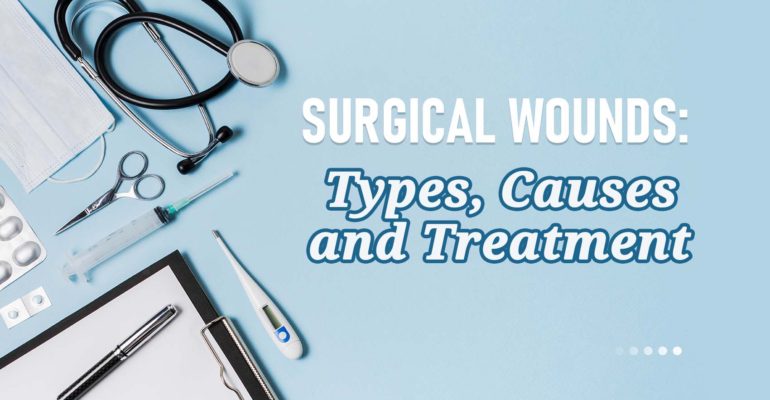
Surgical Wounds: Types, Causes, and Treatment
The surgical wound needs to be handled with great care. However, to handle it with care and treat it, it is important to know about the types and causes of surgical wounds. Only then, you can opt for the right wound dressing.
Today, we will cover not only the types but also causes and treatment of surgical wounds.
Types of surgical wound:
Essentially surgical wounds can be classified into four different types depending on the condition of the wound. The categories of the wounds depend on whether the wound is clean or not and what is the risk of infection. The location of the wound also determines its category.
Class I: Clean surgical wound
A surgical wound which is clean wound is known as Class I wound. Such a wound has no clear symptoms of inflammation or infection. However, you can classify a surgical wound as a class I wound only when it is near the skin, eye or the vascular system.
Class II: Clean-contaminated surgical wound.
Class II wounds are those which do not have any visible signs of infection. However, the chance of suffering from an infection in such a wound is pretty high. That is because of the location of such wounds. These are in the gastrointestinal tract. That is why; they are extremely susceptible to infections.(How to Prevent Wound Infection?)
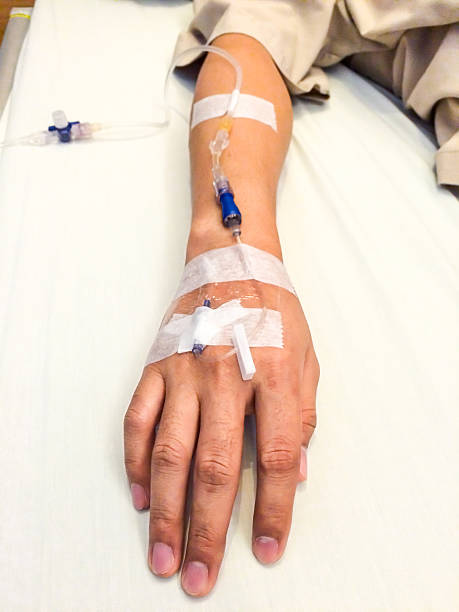
Class III: Contaminated surgical wound
Class III wounds is a surgical wound that has been caused due to an outside object. Because of the same, it is considered to be contaminated as well. A wound which is caused by any outside weapon like a gun is usually classified as a class III surgical wound.
Class IV: Dirty-infected surgical wound
Class IV wounds are dirty infected surgical wounds. The infection is usually caused by fecal matter. That is why, they need urgent treatment. Without that, the intensity of the infection can increase and the infection might spread as well. These are the riskiest type of surgical wounds.
Now that you are aware of the four types of surgical wounds, it is time to look at the causes of the same.
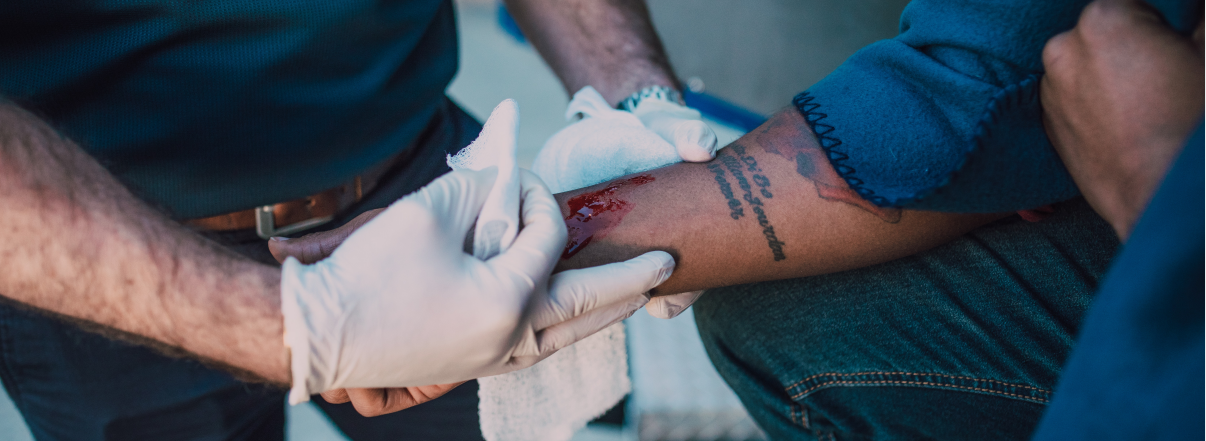
Causes of surgical wound:
Surgical wounds are usually caused by an incision made by a surgeon or a medical professional. The instrument usually used is known as scalpel. Usually, such a surgical wound is inflicted when a surgery is required.
The size of the surgical wound can vary from one case to another. There are essentially two factors on which the size of the surgical wound depends. These include:
Type of procedure:
The type of the procedure will determine the accessibility needed inside the body. Accordingly, the surgeon might make a small incision or a larger one. For example, if an endoscope is to be inserted or for robotic surgery, the size of the incision will be on the smaller side.
Body location:
Many a times, the incision needs to be made a smaller to ensure that the adjacent organs are not affected at all. Only the surgeon will be able to determine how big or small the incision can be made. Thus, the body location also determines the size of the surgical wound.
Now that you are aware of the types and causes, it is time to look at the treatment.
Treatment of surgical wound:
The treatment of a surgical wound involves multiple steps. It is not as simple as just taking a medicine to treat the surgical wound. We will cover the multiple steps below to help you understand how to treat one.
Cleaning and disinfection:
The very first thing which needs to be done is the cleaning of the surgical wound. This is done to ensure that the risk of infection is minimized. For this process, a disinfecting solution can be used. Other than that, salt water can also come in handy.
The exact solution you use for cleaning and disinfection is best advised by the surgeon. Rather than trying to find a DIY solution, it is good idea to go with a medical grade cleaner so that you can clean the site of surgical wound easily.
Only once the site has been infected, can you move onto the next step. Also, the cleaning and the disinfection of the site needs to be done at regular frequency to ensure that the risk of infection does not rise again.
Dressing:
After disinfection, you will need proper dressing to cover the surgical wound. Once you use proper dressing, you can insulate the site from weather elements. It also means that the growth of bacteria can be avoided with right dressing.
Additionally, the dressing pads need to be breathable. In that case, there will be no trapping of The exact solution you use for cleaning and disinfection is best advised by the surgeon. Rather than trying to find a DIY solution, it is good idea to go with a medical grade cleaner so that you can clean the site of surgical wound easily.
moisture inside. Consequently the surgical wound site will remain dry and therefore clean. You won’t have to worry about an infection or inflammation when the surgical site is kept clean and dry.
To keep the dressing pads in place, you can either go with the advanced wound dressings or you can use surgical tape to stick the dressing pad in place. You also have the option to go with silicone foam dressing which is easier to maintain and keep dry.
The dressing also needs to be changed from time to time to ensure that there is no contamination of the dressing itself. That is why; it is a good idea to buy a packet of dressing material which can help you with multiple dressings rather than a single one. It should ideally consist of over 10 dressing pads if not more.
Home care:
When you’re discharged from the hospital, still you need to take some precautions to ensure that the surgical wound does not suffer from any kind of infection. These involve changing the wound dressing pads as well as cleaning the site with proper disinfectant. Your surgeon and doctor whom you consult will be able to recommend you the right cleaning and dressing material for the same.
You have to continue with the procedure until the surgical site is completely healed. The doctor or the nurse who is looking after you at the hospital will be able to share with you the exact procedure to look after the surgical wound. You have to follow all the steps at regular frequency to ensure that infection does not occur.
Thus, instead of being terrified of surgical wounds, just refer to the guide above. That will help you understand regarding the types of surgical wounds, causes of the same, and how to treat them.
Search by Tags
advanced woundcare dressing Bedsores Blood Blood donation chronic decrease Chronic Wound comprehensive guide Conkosil Diabetes diabetes foot diabetes prevention Diabetes,Foot Problems,wound Diabetic foot dog training donation dor pee pads Easy Tips First aid health health life Home Care Ionic Silver Dressin Innovative Technology for Wound Care Lesions Measure a Wound medical tape Moist Wound Healing Negative pressure wound therapy papertape pet care Pressure Ulcers puppy pee pads Self-Adhesive Bandage Skin care tape Tobacco traditional wound care dressing World No Tobacco Day Wound care wound dressing wound healing wound infection wound materials woundmaterials wound type wound vac





